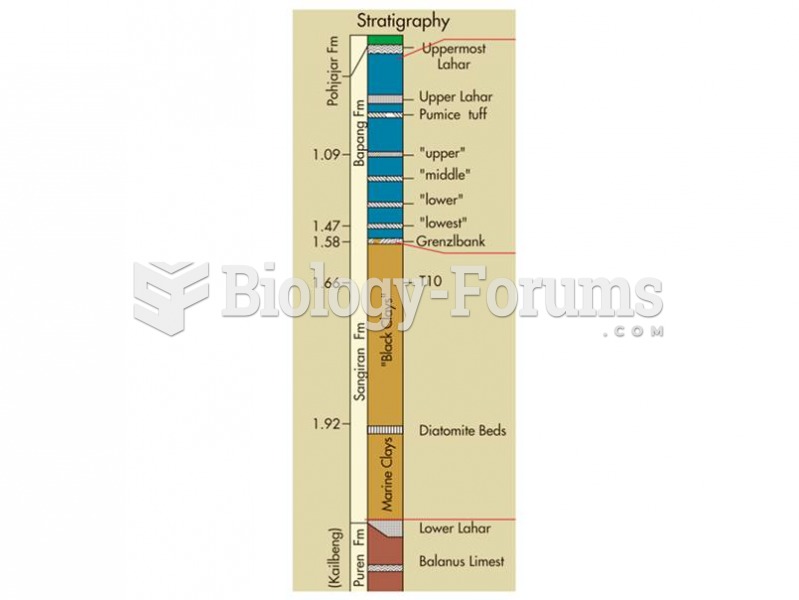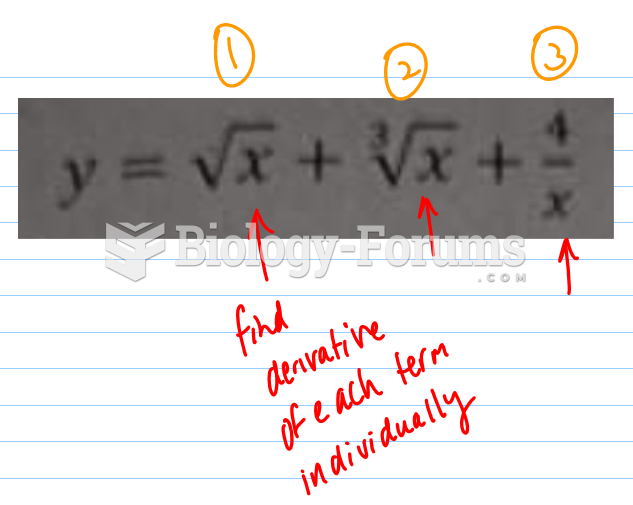Answer to Question 1
The student should describe the three basic steps in computing an ending inventory value using the retail method: calculation of the cost complement, calculation of reductions from retail value, and conversion of the adjusted retail book inventory to cost.
Step 1 . Calculation of the Cost Complement: Inventories, both beginning and ending, and purchases are recorded at both cost and retail levels when using the retail method. Net purchases, which are the total purchases less merchandise returned to vendors, allowances, and discounts from vendors, are also valued at cost and retail. Additional markups are the total increases in the retail price of merchandise already in stock that were caused by inflation or heavy demand and are shown at retail. Freight-in is the cost to the retailer for transportation of merchandise from the vendor and is shown in the cost column.
Calculation of the average relationship of cost to retail price for all merchandise available is called the cost complement: cost complement = total cost valuation/total retail valuation.
Step 2 . Calculation of Reductions from Retail Value: The reductions from inventory include markdowns (sales, reduced prices on end-of-season, discontinued, or damaged merchandise), discounts (employee, senior citizen, student, religious, etc.), and stock shortages (employee and customer theft, breakage). Markdowns and employee discounts can be recorded throughout an accounting period, but a physical inventory is required to calculate stock shortages. Once the ending book value of inventory at retail is determined, a comparison can be made to the physical inventory to compute actual stock shortages; if the book value is greater than the physical count, then a stock shortage has occurred. If the book value is lower than the physical count, then a stock overage has occurred.
Because a physical inventory must be taken in order to determine shortages (overages), and retailers take a physical count only once or twice a year, shortages (overages) are often estimated in merchandise budgets. As a rule of thumb, retailers may estimate monthly shortages between 0.5 and 3 percent.
Step 3 . Conversion of the Adjusted Retail Book Inventory to Cost: The final step to be performed in using the retail method is to convert to cost the adjusted retail book inventory figure in order to determine the closing inventory at cost. The procedure here is to multiply the adjusted retail book inventory by the cost complement: Closing inventory (at cost) = Adjusted retail x Cost complement book inventory. Although this equation does not yield the actual closing inventory at cost, it does provide a close approximation of the cost figure. Now that ending inventory at cost has been determined, the retailer can determine gross margin as well as net profit before taxes, if operating expenses are known.
Answer to Question 2
D







